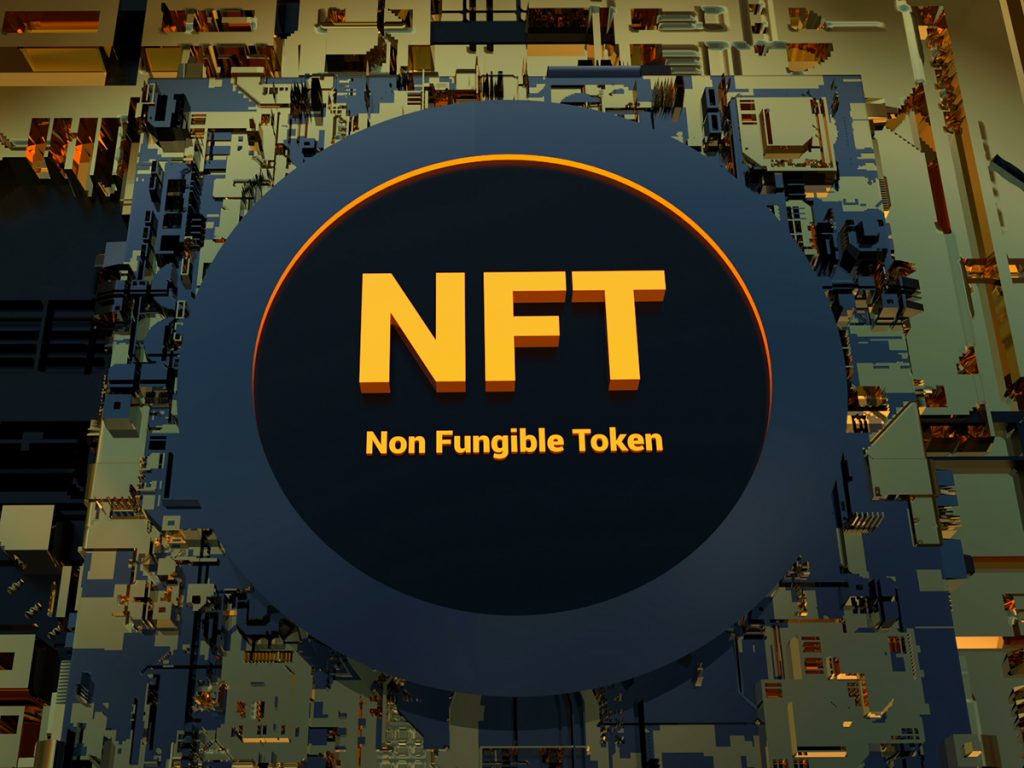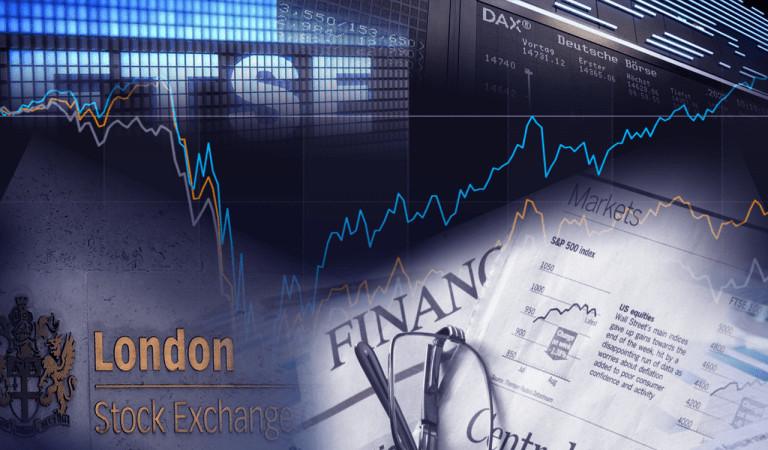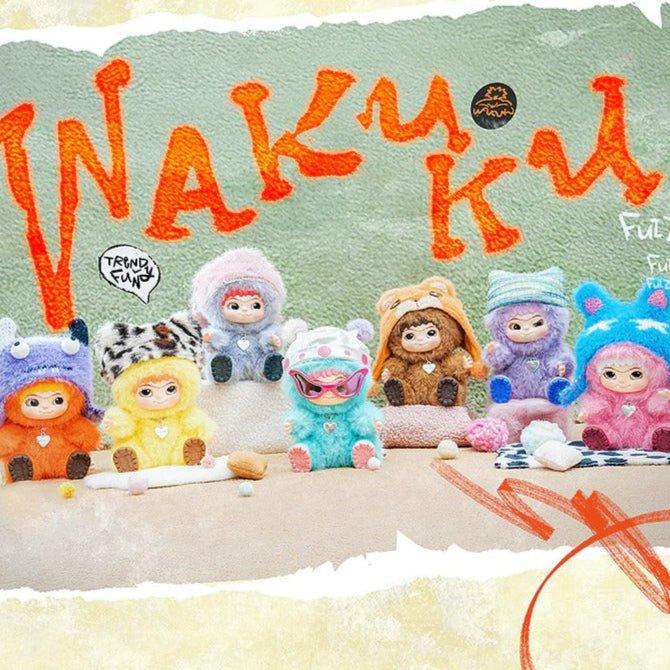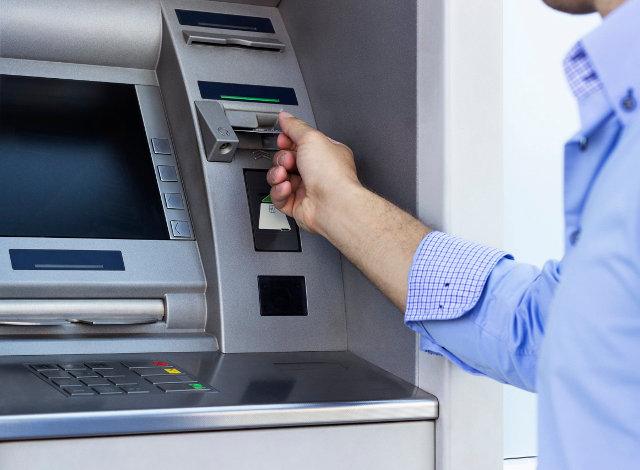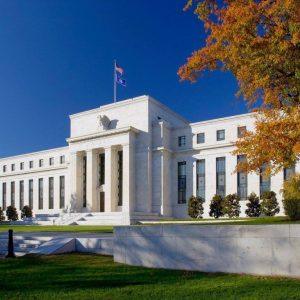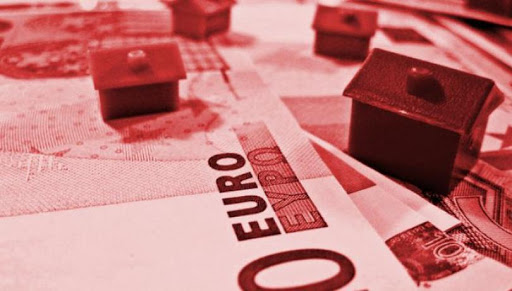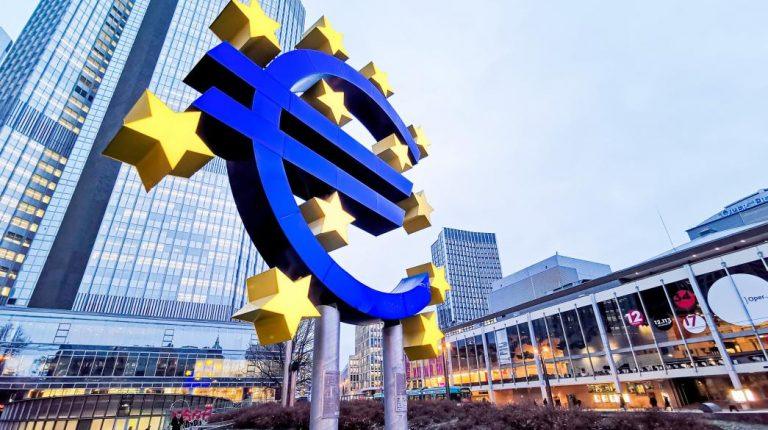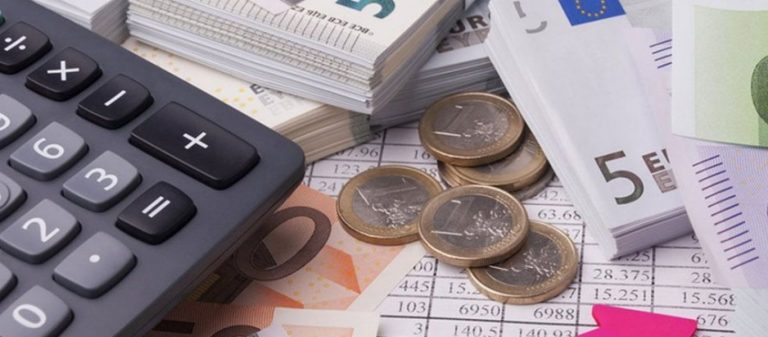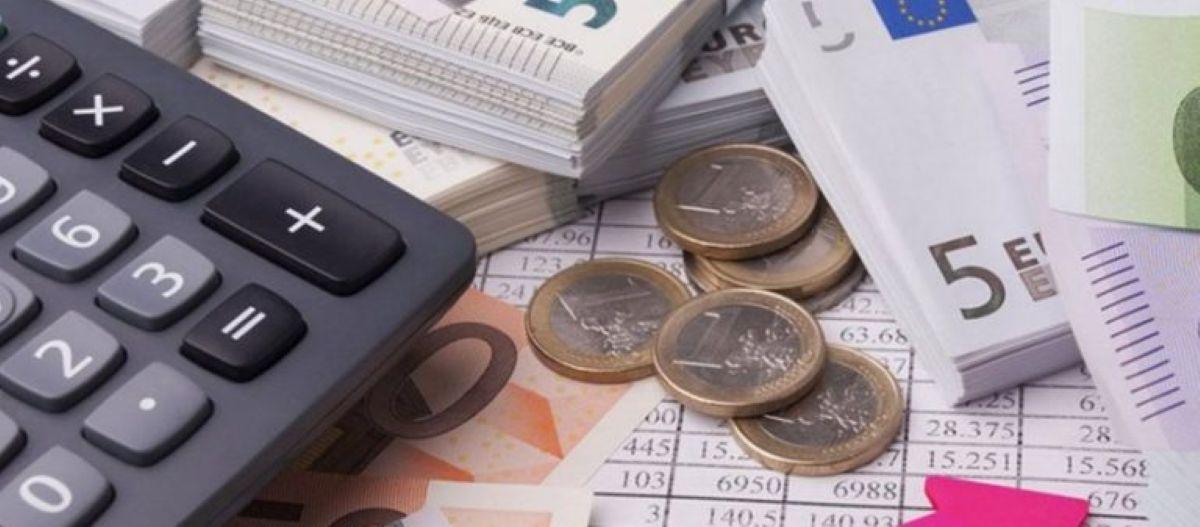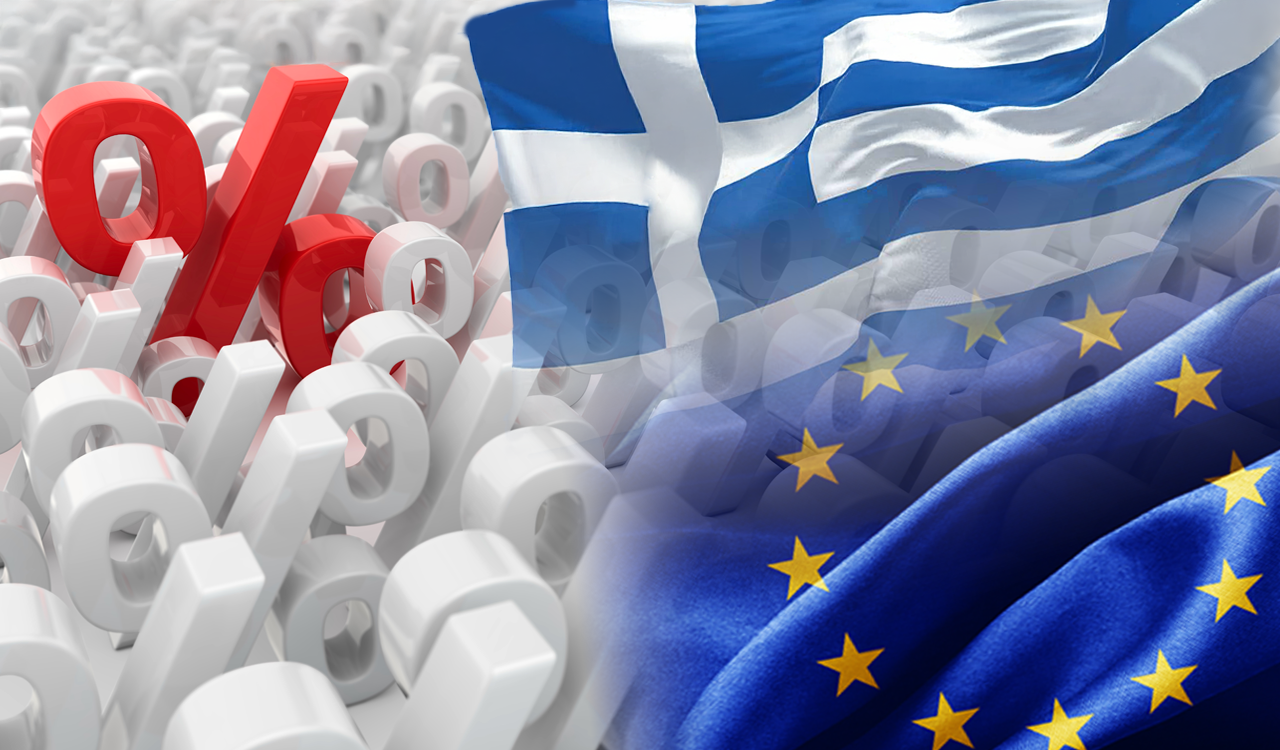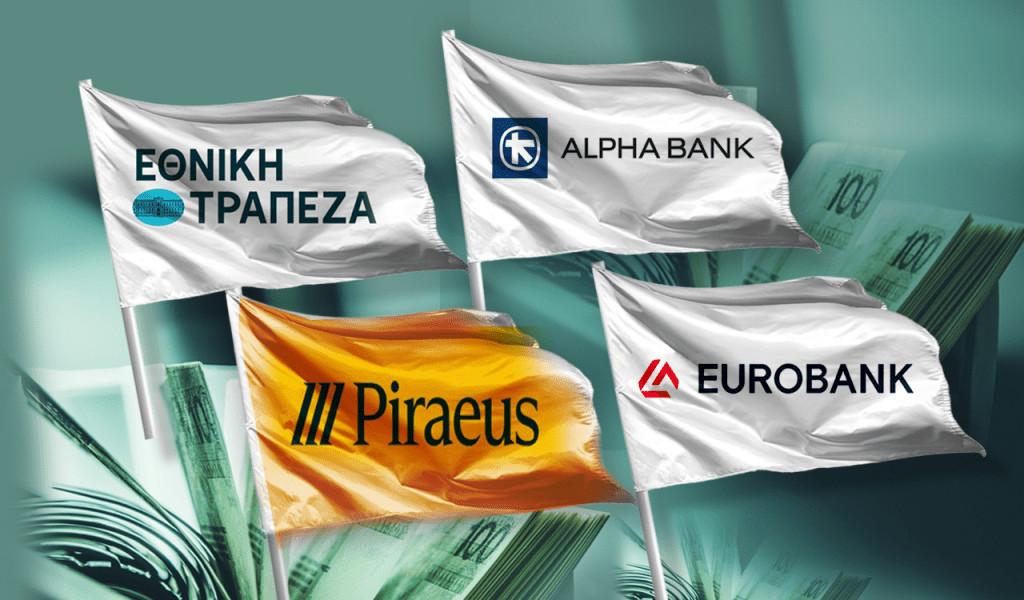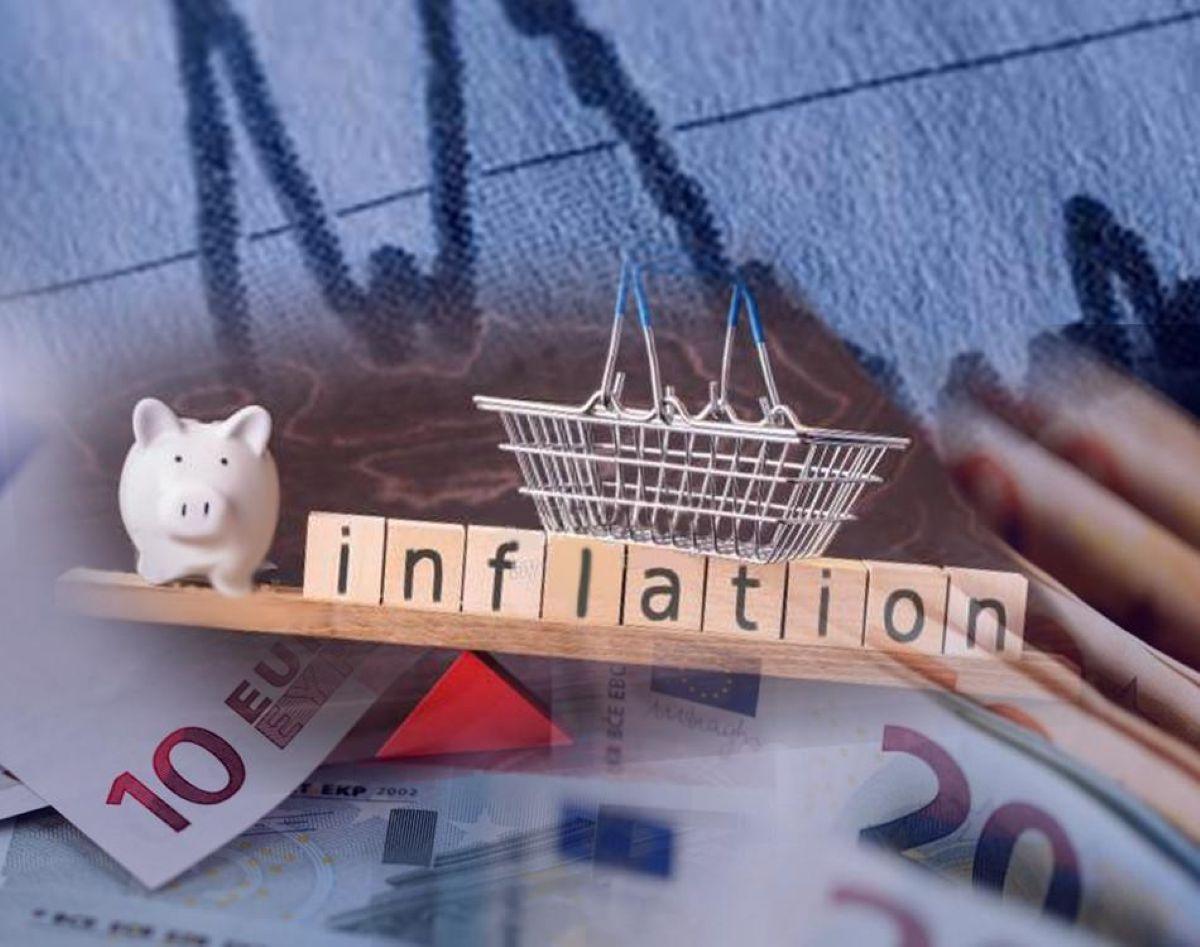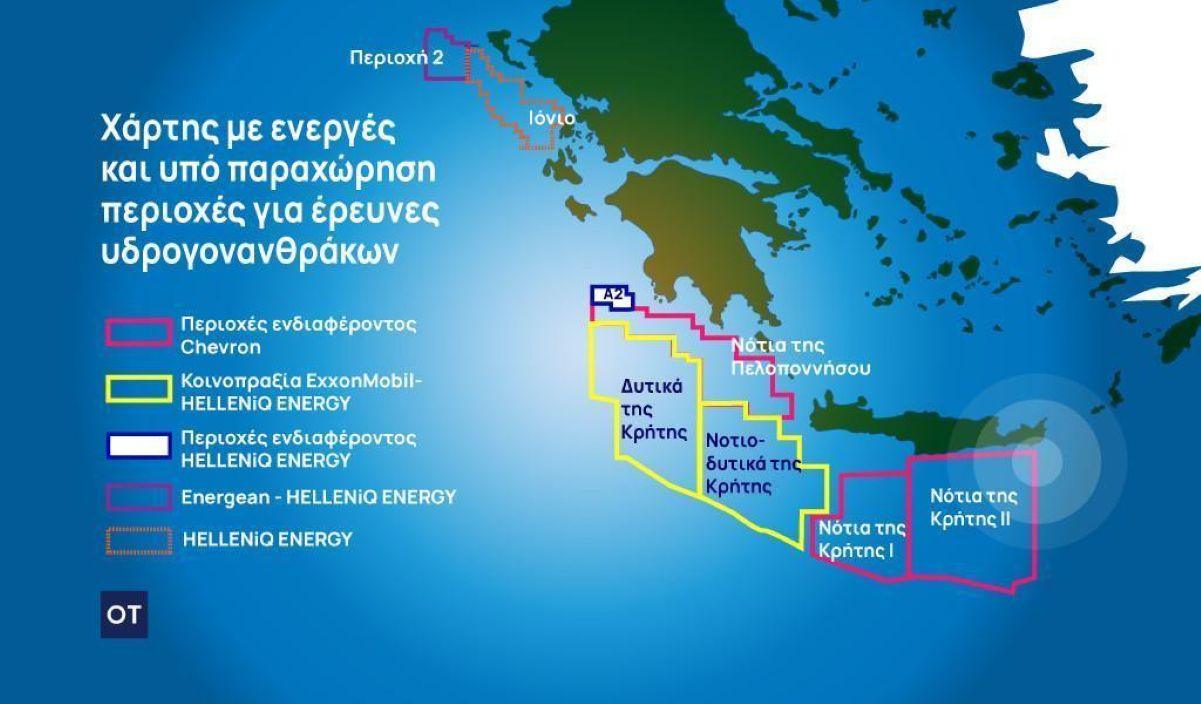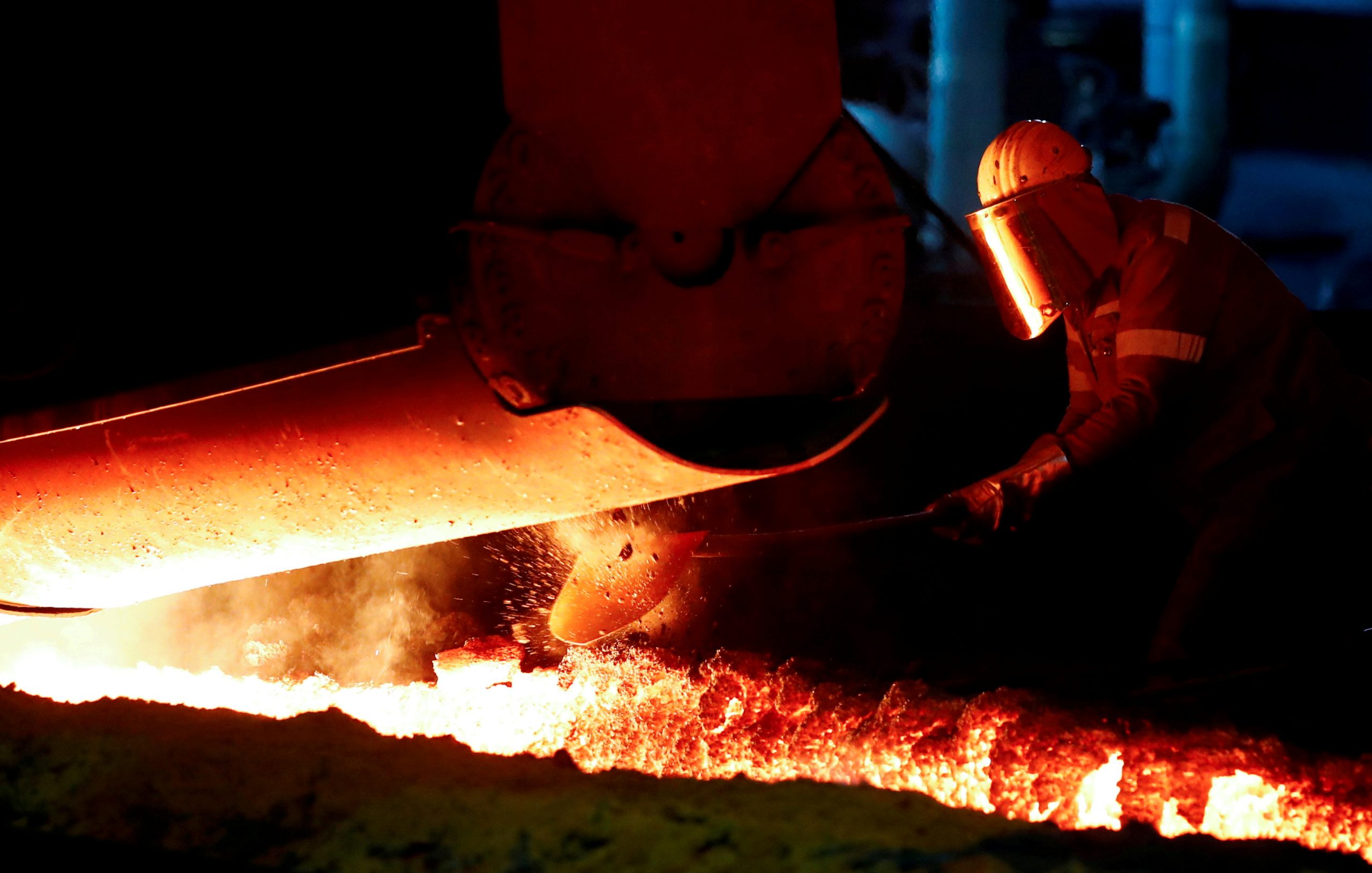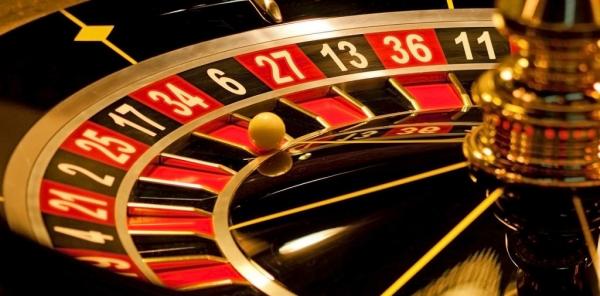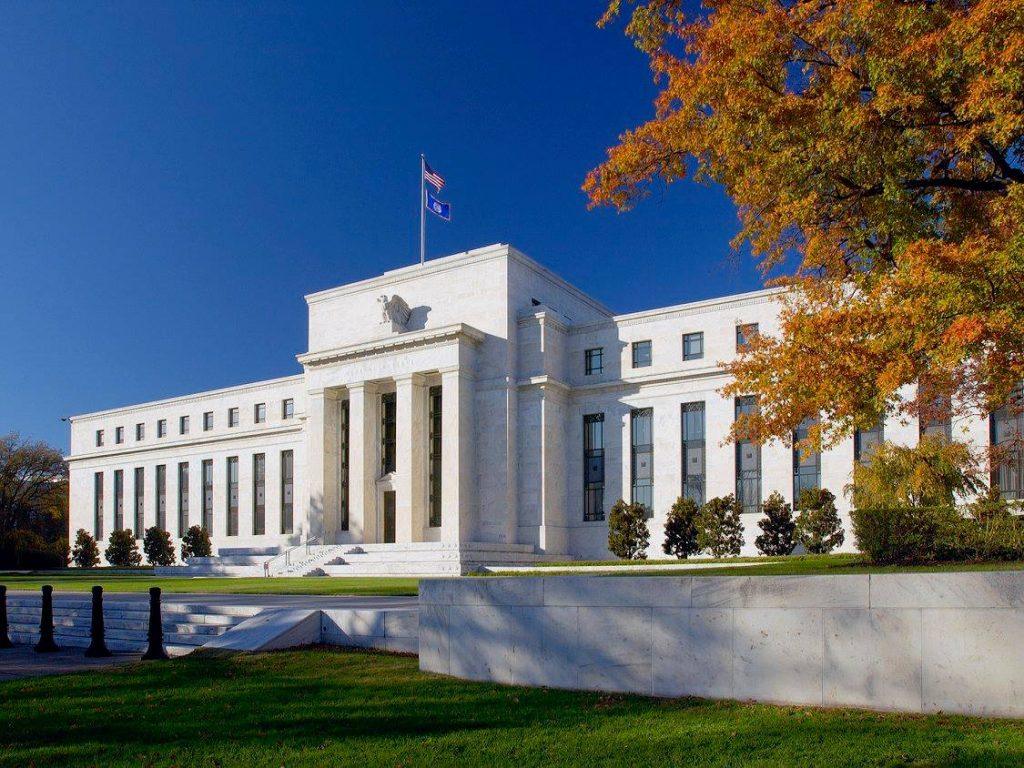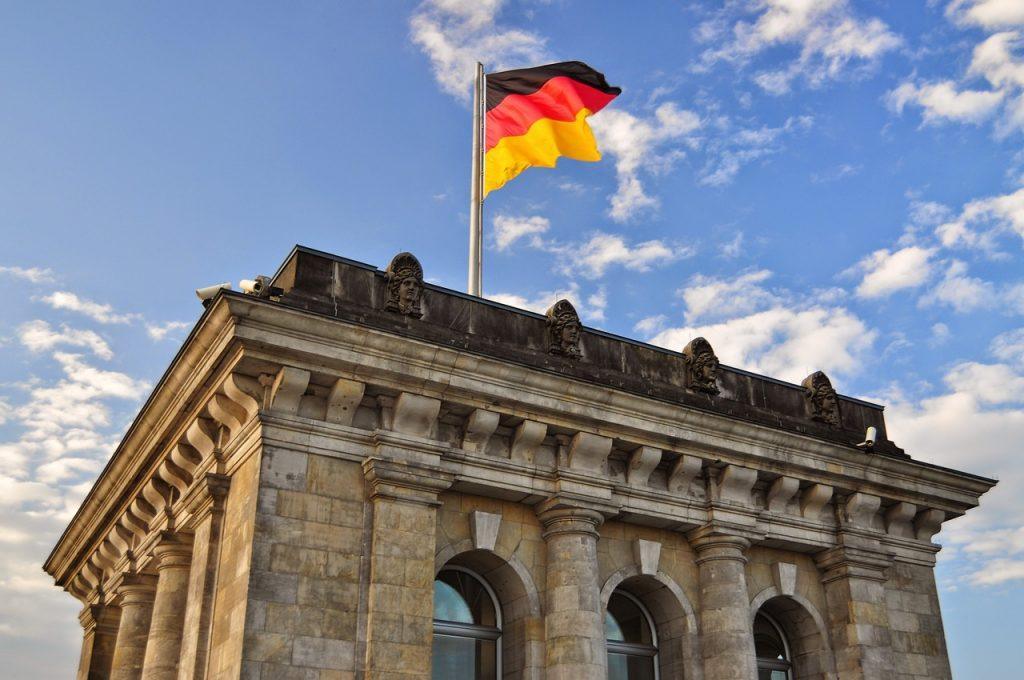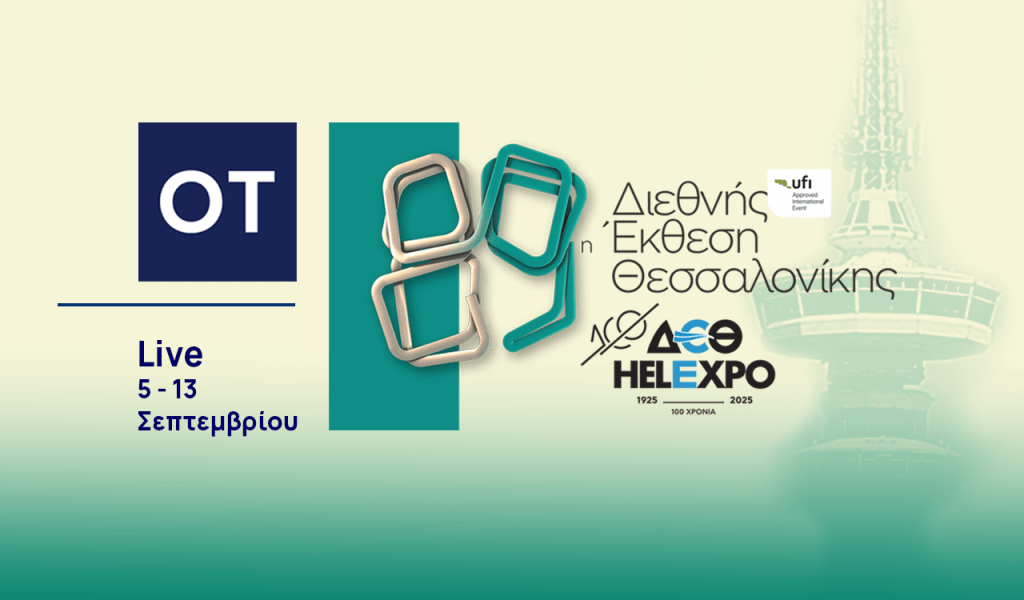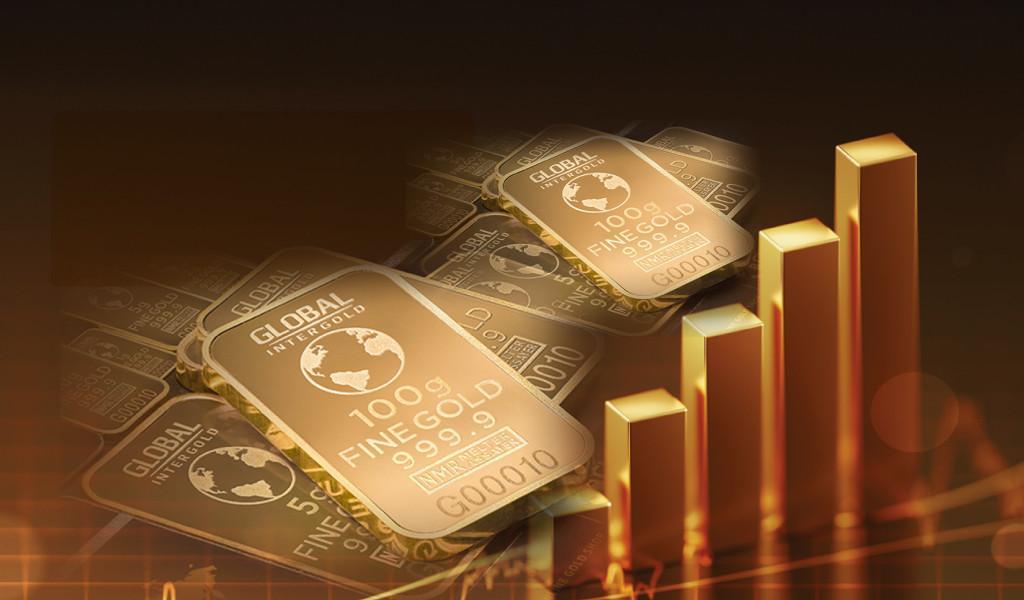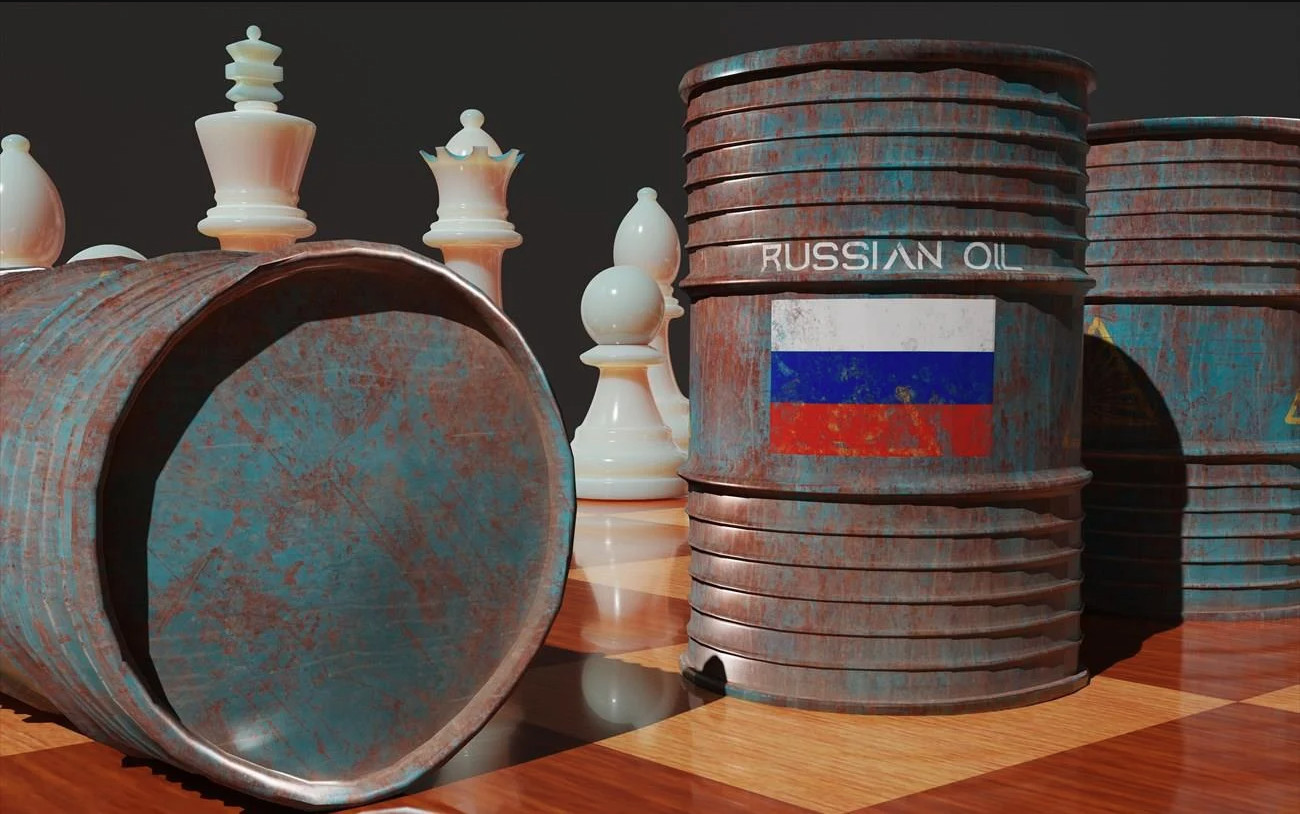As recently as a few years ago, most people had never heard of an NFT. This year their trading volume is expected to reach USD 35 billion. This is a rapid development – yet another example of how fast technology can progress in the 21st century. But what exactly is a Non-Fungible Token and why does it create such excitement in the cryptocurrency world? There is no shortage of witty remarks criticizing the idea of creating a token to represent a picture that can be digitally copied by just about anyone. But there is much more to the world of NFTs than just copying and pasting. Let me explain why and what that means for the future of business.
Nearly every third Greek (29%) currently owns some kind of cryptocurrency, with 12% owning one at some point in the past – according to the recent PayPal survey on the state of e-commerce. This statistic seems to indicate that more than 2 in 5 Greeks have interacted with the digital assets and it’s the highest number among the surveyed nations which shows that the local consumers are clearly very interested in the cryptocurrency.
This is a space that is going to get only larger, but – as with every new technology – it can also be very confusing. At first, cryptocurrencies were a misunderstood innovation, but they found a better understanding when they were compared to existing ideas, such as cross-border transfers. However, many users struggle to find a similar comparison for NFTs. Although many people are hearing about NFTs, not many can understand what exactly this is, where it comes from and what kind of future it can provide, and what difference there is between an NFT and a simple JPG of the Mona Lisa downloaded from Wikipedia. That is something I am going to try to expand on in this article.

How much is a jar of pennies worth?
To understand what a Non-Fungible Token is, it’s first useful to review what a token is. A common definition of a token is something we can use as a representation of a substitute for something else. Think of a bus token or the money you carry in your wallet. By themselves, they’re just bits of metal or pieces of paper, but you can trade them for a ride across town or groceries at the store. And in this example, the tokes are fungible. So, any bus token is equivalent to any others; they’re all worth a ride on the bus. And when you spend your money at the store, the serial numbers on your notes don’t matter; any twenty-euro note is valued the same as any other.
But that’s not always the case. Consider a jar of pennies. At some point in our lives, we all probably had one. And like we just said, every penny is pretty much the same as every other one. They are all worth exactly the same amount of money – a cent. No matter which penny I choose to get out of the jar, they are all the same, and nobody expects any surprises there.
But if you are familiar with the idea of coin collecting, you may know that this statement is not entirely true. There are some pennies which are more valuable than others. A certain coin can be worth one cent at the corner store, but if it is from a unique collection, it can go for much more when taken to a coin collector or an online auction website.
NFTs can be compared to one of those pennies that are unique. It’s a token that’s created to be mathematically different to any other token, even ones that might look or operate similarly. And this uniqueness translates to the value of this token. There are simply some things that are just worth more than other things – sometimes the value is only in our eyes, and sometimes the sentiment can be shared by a wider group. This can happen for a number of reasons.
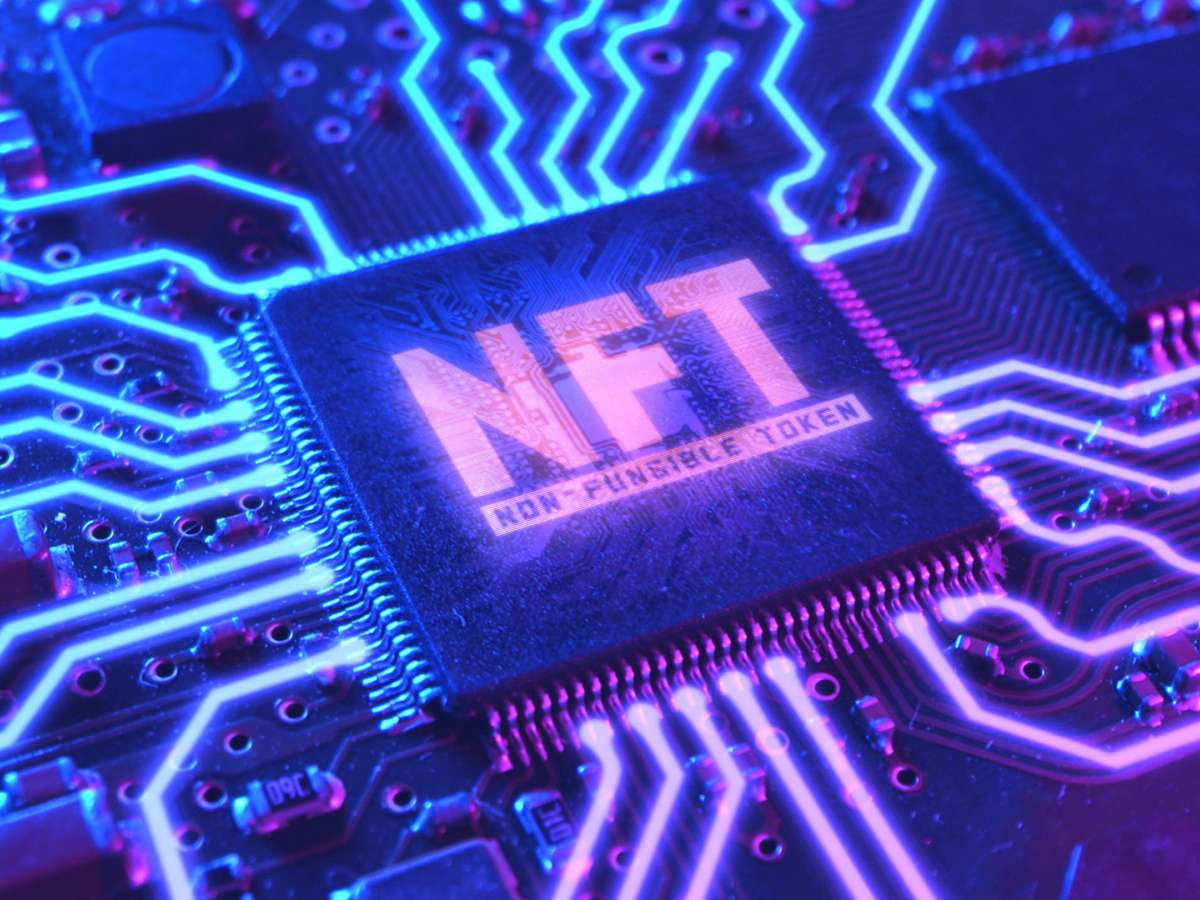
Three Mona Lisas – each of them is valuable
Let’s say we have three pictures of the Mona Lisa. One of them was painted by a child imitating that enigmatic smile. This is going to have a different value than the replica made by a professional artist. And there is the third picture – the original painting featured in the Louvre.
All those versions of the intriguing painting are going to have some value, although it is going to differ between people. The art made by the child can be proudly displayed on the family fridge and is going to make a parent very proud. Obviously, it is no match to the Louvre’s Mona Lisa, as this is the only existing original version in the world. That is why tons of tourists come to admire it on a daily basis.
However, you might just want to have a nice painting in your home, but you do not have the time or the effort to invest in a security system akin to the Louvre one – not to mention the money that is needed to purchase this national treasure. In this case, the replica made by a professional artist would be more valuable for you, as it’s more accessible and feasible to put on your wall.
You can have an NFT that represent a piece of art, and if it’s an NFT, you can tell whether a given NFT represents the genuine Mona Lisa or a reproduction, and just like the art on which it’s based, different NFTs can be valued differently. That value doesn’t have to only be financial; owning an NFT can become an entrance into an exclusive club, voting rights in an organization or something equally valuable for you – based on what you can do with this item.
The basis of the valuation of NFTs can be summed in four attributes:
· Personal attachment. Representing meaningful events or artifacts.
· Scarcity. The authenticity, provenance and rarity of an NFT can be assured and verified.
· Collectability. Supply and demand for rare or desired items that drives their value – this can also refer to an object’s functional value.
· Portability. Some NFTs can interoperate, allowing them to be moved between ecosystems.
What does it mean for business?
The notion of something that combines the convenience of digital with the exclusivity of uniqueness can be quite powerful. For example, if you are a retailer, you may have considered offering digital coupons. But how do you prevent an unscrupulous third party from just copying the coupon and using it over and over? NFTs can solve this problem. Each NFT is distinct on the blockchain, so each instance of a coupon is distinguishable from another. If you are going to gift two loyal customers with a coupon, each of them will receive a different item. Furthermore, you are able to track all the coupons, making sure that they are not misused or being redeemed more than once. And retailers can decide whether they want their coupons to be transferable and under what terms – useful attributes to drive loyalty or to enable referral of influencer campaigns. The same holds for electronic tickets, music, e-books or other digital services that you want to be associated with an individual. This is something that we can call a functional purpose of the NFTs.
This has tremendous implications for merchants, enterprises and brands. A concert ticket issued as an NFT can also provide entry into a fan experience, or a community of fellow concertgoers. Digital artwork distributed as an NFT could unlock a discussion with the artist or a behind-the-scenes tutorial of their technique. This is a new way of being able to engage consumers to create opportunities for collectors and loyal users. Based on the scarcity of tokens and their role in your e-store, you could find a great way to personalize your value proposition for your customers.
This, in a nutshell, is why NFTs are becoming so important. And PayPal has recognized this trend as well – we have been on this crypto journey for the better part of the last 3 years, supporting millions of consumers with their experiences in this new, exciting digital world.
Will the NFT fever hit Greece too? According to the recent PayPal’s survey, Greeks are actually the most likely among the Europeans to own NFTs, as 22% of them own one or have had it at some point, while more than every third Greek (31%) would like to learn more about this phenomenon. And, what seems to be the most important number, 24% of Greek Gen Z (18-25 years old) do not currently own NFTs, however – they plan to buy one in the future. This shows that reliable education on digital assets will probably be in high demand in the near future, with users looking for trusted partners to enter the world of NFTs.
Edwin Aoki, CTO, Blockchain, Crypto and Digital Currencies at PayPal
